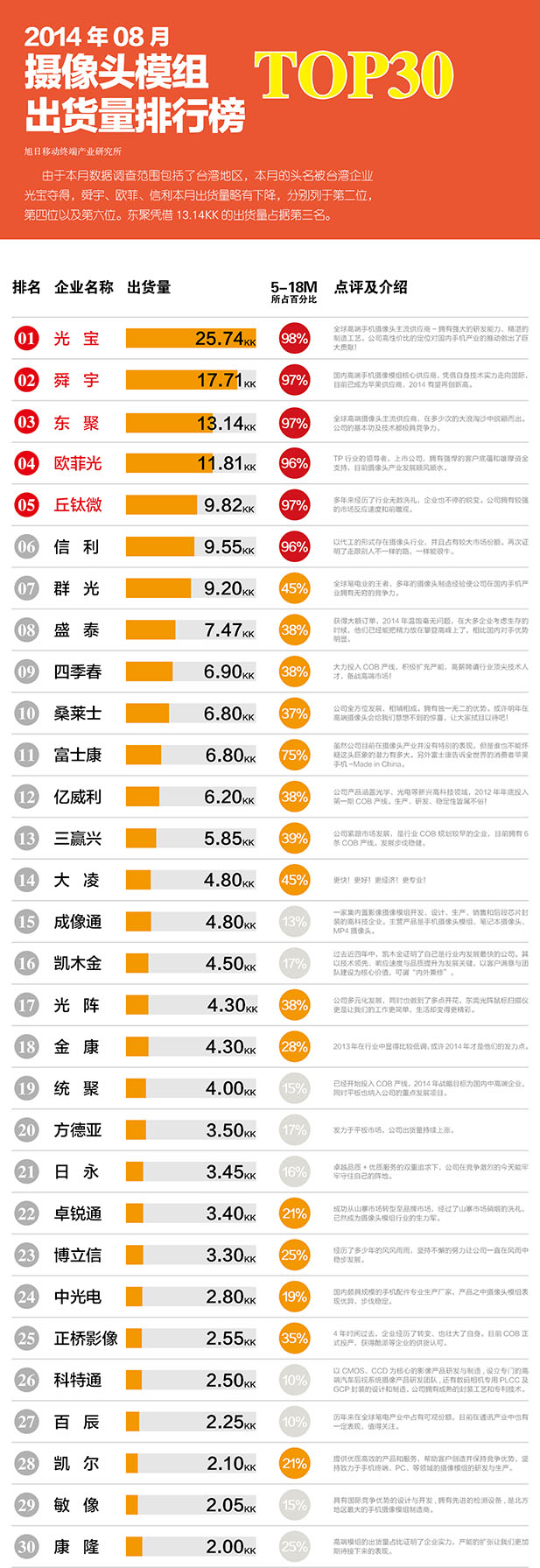Professional usage methods for ultrasonic cleaning machines
If the operation of the ultrasonic cleaning machine is improper, it will affect the service life of the ultrasonic cleaning machine product. Below, Jiang Xing will list some professional usage methods for you:
1. Installation of ultrasonic cleaning machine.
Please refer to the installation manual of the ultrasonic cleaning machine to connect the temperature control sensor signal line, ultrasonic drive line, heater control line, etc. between the electrical control cabinet of the cleaning machine and the host, and connect the 380VAC power supply. Install the water supply pipe, drainage pipe, and overflow discharge pipe of the cleaning machine.
2. Add water to the ultrasonic cleaning machine.
Add an appropriate amount of clean water to the cleaning pool, and the liquid level should be based on the immersion of the parts to be cleaned, generally not exceeding three-quarters of the cleaning pool.
3. Heat up the ultrasonic cleaning machine.
Turn on the electric heating switch and point the white scale on the water temperature adjustment knob to the appropriate temperature (should be around 60 ℃). During the use of the cleaning machine, the high temperature of the cleaning machine should not exceed 70 ℃.
4. Add cleaning agent to the ultrasonic cleaning machine.
When the water temperature rises to around 40 ℃, add UC-O3 component cleaning agent to the cleaning pool (usually about 5kg per time), slowly stir the clean water to fully dissolve it (at this time, you can also start the ultrasonic wave or open the air blowing device for stirring).
5. Ultrasonic cleaning machine pretreatment.
Before cleaning, it is advisable to use a bamboo knife to clean the dirt on the surface of the components (such as the dust cover, which may have a lot of dust on its outer surface, and the cylinder body parts may accumulate a lot of thick and easily removable oil sludge at the curve changes of its outer shell), in order to extend the service life of the cleaning solution.
Ultrasound can perform precision cleaning, but its ability to treat mud like dirt is weak. Therefore, in pre-treatment, yellow mud or thin mud like dirt should be removed as much as possible.
6. Placement of ultrasonic cleaning machine parts.
Gently place the components in the steel bar basket into the cleaning pool. When there are many components to be placed at once, they should be evenly distributed in the basket as much as possible without overlapping.
7. Turn on the ultrasonic cleaning machine.
When the ultrasonic cleaning machine is working normally, ultrasound is emitted from three directions simultaneously. Press the lower side ultrasound to start, and the ultrasound on both sides is already started. Rotate the power adjustment knob to the right, press the lower side ultrasound to start, and rotate it to the appropriate power. At this time, the LEO display shows the current bottom ultrasound working power value.
8. The ultrasonic cleaning machine is shut down.
If you want to stop the machine during the cleaning process, you should first adjust the power knob to low. Press again to stop the bottom ultrasound. The cleaning time is determined by the condition of the cleaned surface.
9. Ultrasonic cleaning machine overflow.
If there is too much floating oil on the liquid level of the cleaning pool, the overflow device of the cleaning machine should be opened to discharge it to prevent secondary pollution of the cleaned workpiece.
The specific operation is as follows: open the overflow discharge valve, inject water or cleaning solution into the cleaning pool until the cleaning solution begins to overflow (it is recommended to use a scraper or other tool to cut and coat floating oil in the direction of the overflow port to promote its rapid flow), keep the overflow discharge valve closed to prevent accidental overflow and ground pollution.
10. Post treatment of ultrasonic cleaning machine.
Take out the cleaned parts, thoroughly blow out the residual cleaning solution in each hole of the tool with compressed air, and blow dry the surface (it is recommended to equip a dust blower with an air compressor). If conditions permit, it is advisable to install a water tank near the cleaning machine. In order to rinse the extracted components.
11. Treatment of cleaning agents for ultrasonic cleaning machines.
When the cleaning machine has washed too many parts, the content of oil sludge in the cleaning agent will be quite high, combined with the emulsification effect of ultrasound. Cleaning agents may weaken their cavitation ability due to being too dirty and sticky, and should not be continued to be used. It is recommended that users configure a water storage bucket to be used in conjunction with a cleaning machine to precipitate dirty cleaning agents for recycling and cost reduction.
12. The auxiliary role of ultrasonic cleaning machine soaking.
Many components, such as cylinder heads, pistons, connecting rods, turbocharged turbines, intake and exhaust manifolds, have carbon deposits on them. Some are light and easy to clean, while others are heavy. In this case, the necessary soaking and softening process of the workpiece will achieve better cleaning results.
Disclaimer:The authenticity of this information has not been verified by our website and is for your reference only. The purpose is to convey more information; If there is any error, error, or infringement, please contact us via email( chinavta@szxwds.com )We would greatly appreciate it if you could promptly notify us of the error, error, or infringement, and we will promptly make corrections or deletions.



